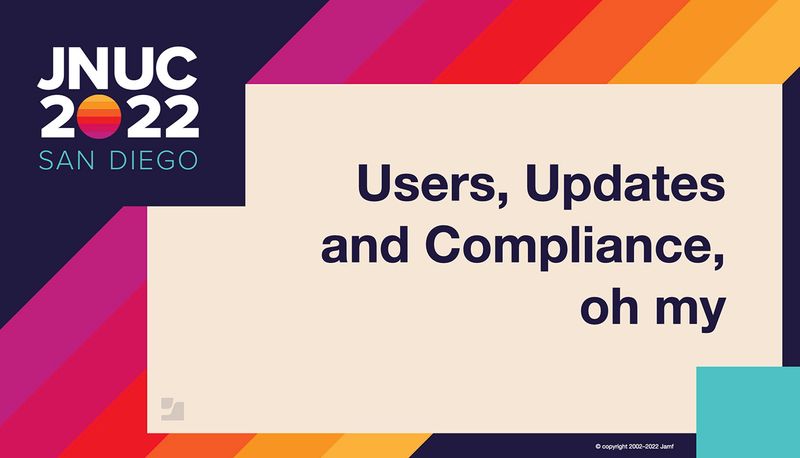Regardless of the industry, working in IT shares several commonalities between itself and other roles. Besides similarities, it is also no stranger to the same types of nuances that affect other positions throughout the organization.
As Catriona “Cat” McDonald from the City of Glasgow College points out in her presentation, some of these critical concepts relate to users. Not just in the various personalities IT must interface with, but in how a collection of user behaviors leads to a particular mindset or culture which surrounds many of the actions taken at the company — even how they occur or are received.
McDonald dives into the various stimulus, how they affect users differently and how they all combine to determine outcomes to a degree. For example, stimulus affects behavior depending on the experiences of the user. Some of the takeaways relating to stimulus types and what it’s made up of:
- Internal: Level of education, personal thoughts/feelings and privately held beliefs
- External: Environmental factors, interaction with peers and culture surrounding user groups
By better understanding your users, how they think and perceive things, as well as how groupings of users interact throughout the organization, IT can leverage some of the same practices utilized when troubleshooting an issue to better position their actions when tackling new projects.
This paradigm serves especially useful when cultivating a culture of collaboration, leading to success for all stakeholders — not the iron-fisted approach that is not only misguided but often fails to garner user support due to barriers stemming from a lack of:
- Understanding
- Motivation
- Engagement
- Awareness
Additionally, accessibility plays a significant role in determining the success rate of a project. Consider the real-world example of IT necessitating updating the OS on managed devices for remote users. This requires assistance from both IT and end users to complete within a certain time frame.
But McDonald asks, “How easy is it for users to get information on why updates are important?” Consider for a moment being asked to agree to perform a favor for someone without being provided details on exactly what work will be required, how to do it or even being provided the tools with which to do it.
That’s a difficult situation to be in as the individual being asked, isn’t it? Well, your users may feel the same way. Hence why communicating the answers to these questions is paramount to attaining a partnership with your users. Not only does it raise awareness of the needs of the organization, such as maintaining compliance, but it also provides the perfect opportunity to educate your users.
Lastly, McDonald speaks of the importance of pairing your collaborative force with the right tools. In this case, leveraging the power of Jamf to manage your Apple devices through configuration profiles and remote commands, but also for providing a mechanism by which end users can aid in the process of keeping their devices up to date with apps and patches, securing their data in the process.
All of which serve to empower your users — not alienate them.
by Category:
Have market trends, Apple updates and Jamf news delivered directly to your inbox.
To learn more about how we collect, use, disclose, transfer, and store your information, please visit our Privacy Policy.


